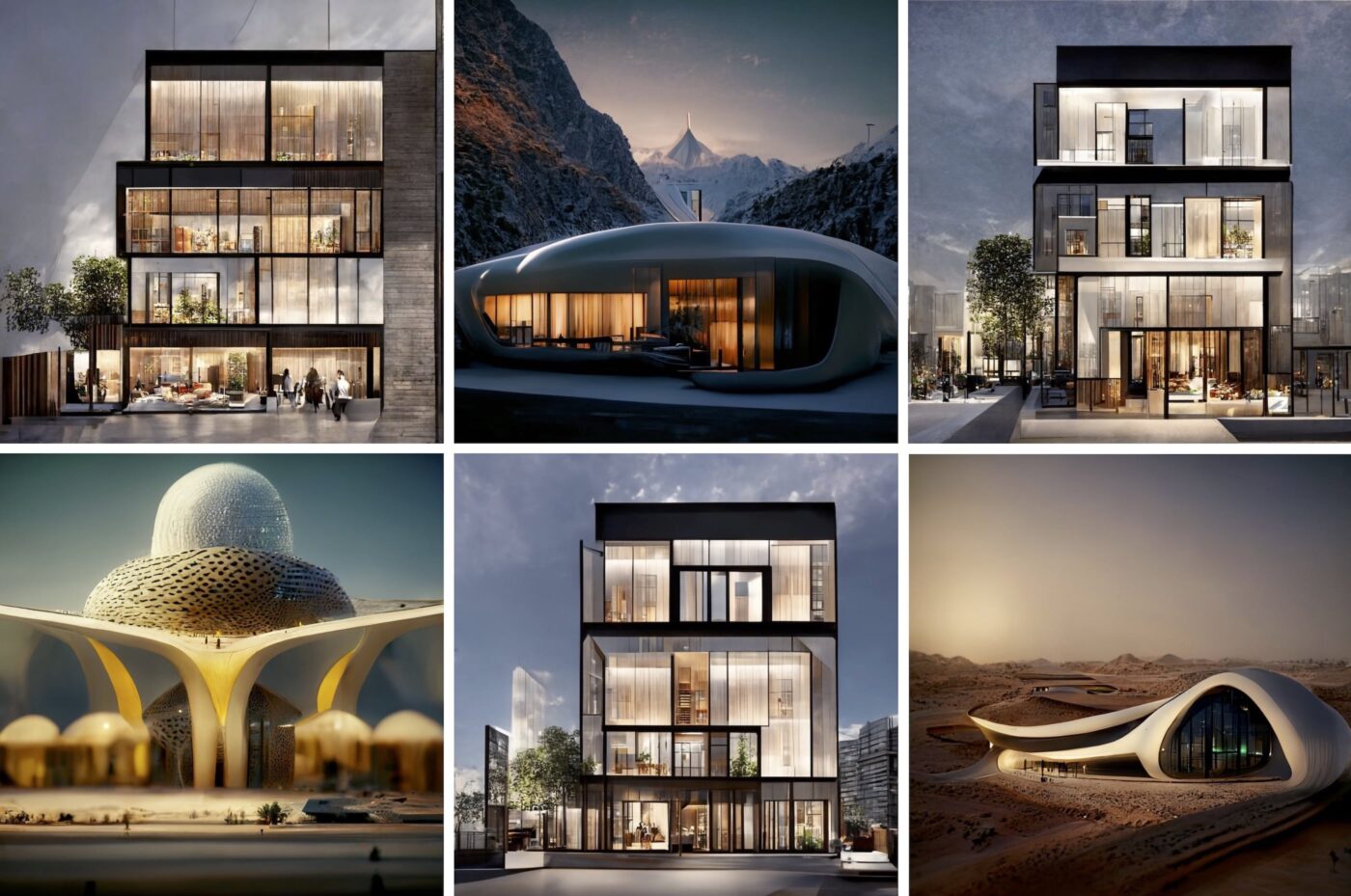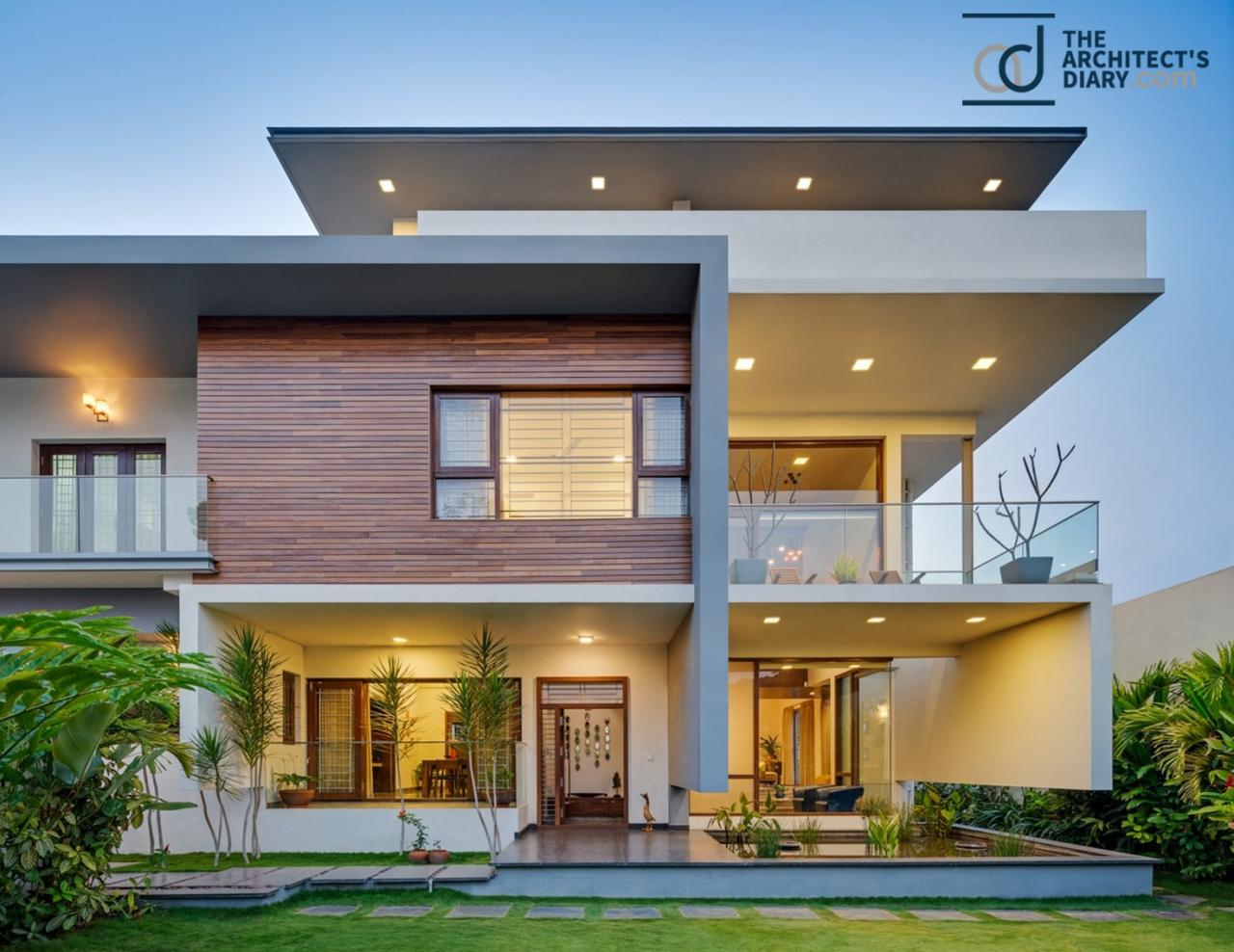Exploring the Top Lifestyle Design Trends in Modern Architecture

As top lifestyle design trends in modern architecture take center stage, this opening passage invites readers into a world shaped by innovation and creativity, promising a captivating journey through the latest architectural developments.
The subsequent paragraphs will delve into the key aspects of modern architecture and its impact on lifestyle design trends, offering a comprehensive view of this fascinating intersection.
Overview of Lifestyle Design Trends in Modern Architecture

In the realm of modern architecture, lifestyle design trends play a crucial role in shaping the way we live, work, and interact with our surroundings. These trends focus on creating spaces that cater to the needs and preferences of individuals, reflecting their lifestyle choices and values.Key characteristics that define modern architecture in the context of lifestyle design trends include:
Emphasis on functionality and efficiency
Modern architecture prioritizes practicality and usability in design, ensuring that spaces are not only aesthetically pleasing but also highly functional for everyday living.
Integration of technology
Incorporating smart technology and sustainable practices into architectural designs is a common feature of modern architecture, enhancing the overall efficiency and eco-friendliness of buildings.
Open floor plans and flexible spaces
Modern architecture often embraces open-concept layouts and adaptable spaces that can easily transform to accommodate different activities and functions.
Use of innovative materials and construction techniques
Modern architects frequently experiment with new materials and construction methods to push the boundaries of design and create unique, visually striking structures.In comparison to traditional architectural styles, modern lifestyle design trends often break away from the ornate details and historical references found in classical architecture.
Instead, modern architecture tends to focus on clean lines, minimalistic aesthetics, and a more streamlined approach to design that reflects the fast-paced, technology-driven lifestyle of today's society.
Sustainable Practices in Modern Architecture
Sustainability has become a cornerstone in modern architectural designs, with a focus on reducing environmental impact, conserving resources, and creating healthier living spaces for occupants.
Innovative Sustainable Materials and Technologies
- One example of innovative sustainable materials is bamboo, which is known for its fast growth rate and versatility in construction.
- Solar panels are a popular sustainable technology used in modern architecture to harness renewable energy and reduce reliance on traditional power sources.
- Green roofs, covered with vegetation, help insulate buildings, reduce stormwater runoff, and provide natural habitats for wildlife.
- Recycled materials like reclaimed wood, glass, and metal are being repurposed in architectural projects to reduce waste and lower carbon footprint.
Impact on Lifestyle and Well-being
- Integrating sustainable practices in architecture can lead to improved indoor air quality, thermal comfort, and overall well-being of occupants.
- Buildings designed with sustainability in mind often promote a closer connection to nature, creating a more peaceful and harmonious living environment.
- By reducing energy consumption and utilizing eco-friendly materials, sustainable architecture contributes to a more sustainable future for generations to come.
Smart Home Integration

Smart Home Integration in modern architecture refers to the incorporation of smart technologies to enhance the living experience of residents. These technologies can range from automated lighting, temperature control, to security systems, creating a more convenient and efficient living environment.
Examples of Smart Home Features
- Automated Lighting: Smart lighting systems can adjust brightness levels and color temperatures based on natural light conditions or personal preferences.
- Temperature Control: Smart thermostats can learn user habits and adjust temperatures accordingly, saving energy and providing optimal comfort.
- Security Systems: Smart security cameras, doorbells, and locks can be controlled remotely, providing homeowners with real-time monitoring and access control.
Benefits and Challenges of Smart Home Integration
- Benefits:
- Convenience: Smart home technologies offer convenience through remote access and automation, making daily tasks easier.
- Energy Efficiency: By optimizing lighting, heating, and cooling systems, smart homes can reduce energy consumption and lower utility bills.
- Security: Enhanced security features like cameras and sensors provide homeowners with peace of mind and increased safety.
- Challenges:
- Complexity: Integrating various smart devices and systems can be complex and require technical expertise for setup and maintenance.
- Cost: The initial investment in smart home technologies can be high, although long-term savings on energy bills can offset this cost.
- Privacy Concerns: With increased connectivity, there are potential privacy risks and data security issues that need to be addressed.
Biophilic Design Elements
Biophilic design is a concept that focuses on incorporating natural elements into architectural spaces to create a connection with nature. This design approach has gained popularity in modern architecture due to its numerous benefits for occupants and the environment.
Key Biophilic Design Elements
- Natural Lighting: Utilizing natural light sources like windows and skylights to brighten indoor spaces and reduce the need for artificial lighting.
- Indoor Plants: Including plants inside buildings to improve air quality, reduce stress, and create a calming atmosphere.
- Green Spaces: Integrating greenery such as living walls, rooftop gardens, or courtyards to bring nature closer to occupants and enhance well-being.
Benefits of Biophilic Design
Biophilic design has been linked to various psychological and health benefits for individuals. Research shows that exposure to natural elements in architectural spaces can reduce stress, increase productivity, improve cognitive function, and promote overall well-being. By incorporating biophilic design elements, architects can create environments that enhance the quality of life for occupants while promoting sustainability and connection to the natural world.
Conclusive Thoughts

In conclusion, the discussion on top lifestyle design trends in modern architecture has shed light on the dynamic evolution of architectural practices and their influence on contemporary living spaces. By embracing sustainability, technology, and nature-inspired elements, modern architecture continues to redefine our idea of the ideal living environment.
FAQ Corner
How do lifestyle design trends impact modern architecture?
Lifestyle design trends influence modern architecture by shaping the aesthetics, functionality, and overall experience of architectural spaces to align with contemporary lifestyles.
What are some examples of sustainable materials used in modern architecture?
Examples of sustainable materials include recycled wood, bamboo, solar panels, and green roofs, all of which contribute to eco-friendly architectural designs.
How does biophilic design enhance architectural spaces?
Biophilic design enhances architectural spaces by fostering a connection to nature, improving air quality, reducing stress levels, and promoting overall well-being among inhabitants.

